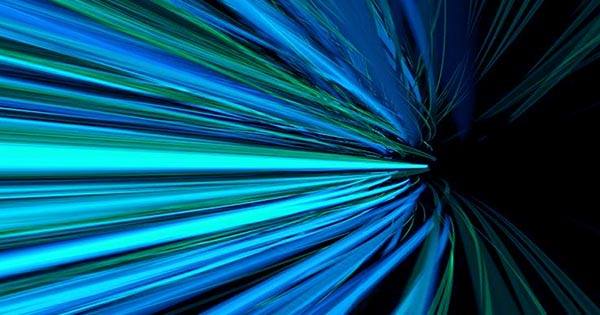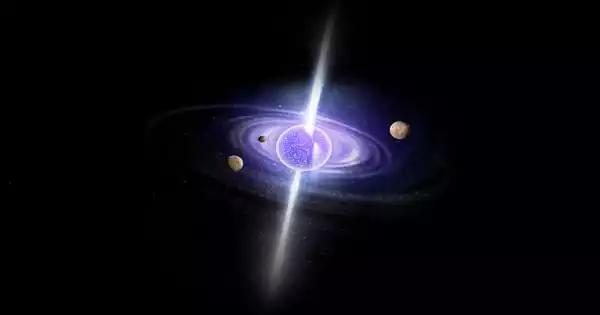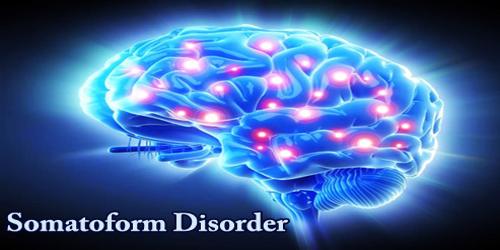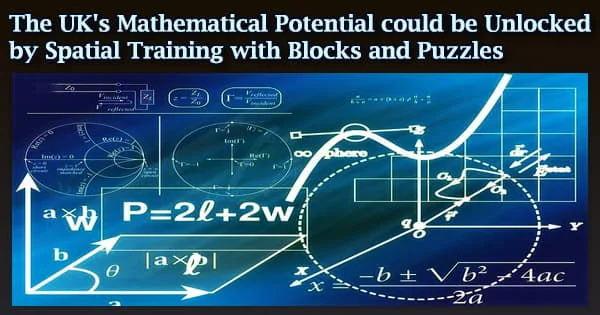Any basic discrete device or physical entity in an electronic system that affects electrons or their associated fields is referred to as an electronic component. Electronic components are mostly industrial products that come in a single form, as opposed to electrical elements, which are conceptual abstractions that represent idealized electronic components and elements.
A basic building block used in the construction of electronic circuits and systems is an electronic component. These components, which can be passive or active, perform a variety of functions such as controlling the flow of electrical current, storing and manipulating data, and enabling communication.
Electrical terminals or leads are found on electronic components. These leads connect to other electrical components, often via wire, to form an electronic circuit that performs a specific function (such as an amplifier, radio receiver, or oscillator). Basic electronic components can be packaged discretely, as arrays or networks of similar components, or as integrated circuits, hybrid integrated circuits, or thick film devices. The following list of electronic components focuses on their discrete form, treating such packages as components in their own right.
Here are some commonly used electronic components:
- Resistors: These components restrict the flow of electric current and are used to control voltage levels and limit current in a circuit.
- Capacitors: Capacitors store electrical energy in an electric field. They are used for energy storage, filtering, and coupling applications.
- Inductors: Inductors store energy in a magnetic field. They are used in applications such as signal filtering, energy storage, and impedance matching.
- Diodes: Diodes allow current to flow in only one direction. They are used for rectification, signal modulation, and switching applications.
- Transistors: Transistors are active components that amplify or switch electronic signals. They are the building blocks of modern electronic devices and integrated circuits.
- Integrated Circuits (ICs): ICs are miniaturized electronic circuits that can contain thousands or even millions of transistors, resistors, capacitors, and other components on a single chip. They are used in various applications, including microprocessors, memory chips, and communication devices.
- Sensors: Sensors detect physical or environmental conditions such as temperature, light, pressure, or motion and convert them into electrical signals. They are used in a wide range of applications, including automotive, industrial, and consumer electronics.
- Relays: Relays are electromechanical devices used to control the switching of electrical circuits. They allow low-power control signals to control higher-power circuits.
- Oscillators: Oscillators generate continuous and stable waveforms, such as sine waves or square waves, used as timing references in electronic circuits.
- Transformers: Transformers are used to step up or step down voltages in AC (alternating current) circuits. They are commonly used in power supplies and electrical distribution systems.
These are just a few examples of electronic components; many more specialized components are used in a variety of applications. Each component has its own set of specifications, symbols, and functions, which are combined to form electronic circuits that perform specific tasks.
















